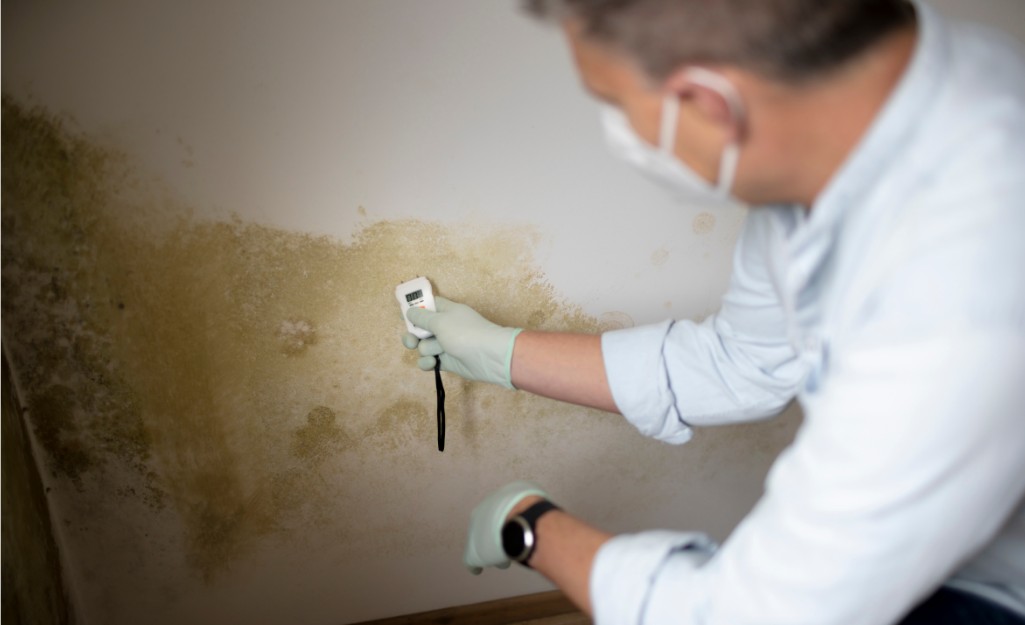Were you trying to locate advise about Preventing Water Damage in the Bathroom?

The bathroom is very at risk for wet accumulation and prospective water damages due to the frequent use of water in it. This post uses basic examination strategies to help detecting water damage risks.
The constant use water in the bathroom makes it incredibly susceptible for damp buildup and also potential water damage. By examining it on a regular basis, you can minimize water associated problems.
The adhering to collection of inspections is very easy to execute and should be done once in every three months in order to keep your shower room in good shape and to prevent potential water damages caused by the tub, the shower, pipe joints as well as plumbing, sinks, cupboards, as well as the bathroom
Do not disregard carrying out these assessments as well as be comprehensive while performing them. Keep in mind that these easy evaluations can save you a great deal of cash by providing very early signs for water damages
Bath tub and also Shower
The shower as well as bathtub require special focus and also upkeep. Inspect the ceramic tiles as well as replace if broken. Make sure that there is no missing cement in between the tiles. Inspect and also change split caulking at joints where the wall surfaces satisfy the floor or the bathtub. Obstructed drains pipes as well as pipes problems will certainly avoid the bathtub from drying and also might suggest major problems below the bathtub. Consult with an expert right away to prevent architectural damage. Pay attention to stainings or soft locations around the tub walls as they might suggest an internal leak.
Plumbing
Signs for water damages are difficult to spot given that a lot of pipes are mounted inside the wall surfaces.
Pay special focus to flooring and wall surfaces wetness and discolorations as they may show an undetectable plumbing problem. Inspect dampness degrees in adjoining areas also.
Sinks and also Cabinets
Sinks as well as cabinets are revealed to wetness and also moisture daily as well as are usually ignored. Inspect consistently under the sink as well as on the kitchen counter over it. Repair any type of drip in the trap as it might suggest drainpipe problems. Check out the sink, slow draining pipes might indicate an obstructed drain. Change sink seals if they are cracked or loosened.
The Toilet
The bathroom is a vulnerable water joint. Check the water lines as well as look for leakages around the toilet seat, in the pipe, and under the water storage tank. If you detect any type of indicators of wetness on the flooring around the toilet, check for leakages in the toilet rim as well as container seals.
Be aware that hanging bathroom dish deodorants boosts the chances for blockages.
TIPS TO PREVENT WATER DAMAGE IN THE BATHROOM
The average household uses approximately 80-100 gallons of water per person per day. For a family of 4, that's almost 2,500 gallons of water a week! The largest portion of this consumption comes from bathroom use. Flushing the toilet uses the most water, followed by taking a shower or bath. With that much water running through the home, water damage in the bathroom is bound to happen. Knowing how to spot signs of a water leak is essential to preventing long-term damage. This guide provides you with tips to reduce the impact of water damage on your bathroom.
CAUSES OF BATHROOM WATER DAMAGE
Pipe breaks are the most common cause of water damage we see in our daily jobs. The age of a pipe plays a large role in a pipe break as well as corrosion. Over time, the metal begins to break down, allowing water to escape. Frozen pipe breaks are also a concern in the winter months. Toilet overflows caused by paper products or children flushing inappropriate items. Degraded caulking around the toilet or bathtub can allow water seepage, sometimes behind the fixture, into the subfloor or walls. Condensation forms when the water in a pipe is cooler than the air temperature. Beads of water form on the exterior of the pipes, sometimes so much so that the water begins to drip and pool below. Sink or shower backups created by poor drainage. HOW TO PREVENT WATER DAMAGE IN YOUR BATHROOM
Inspect your toilet supply line for worn or frayed hoses and replace them as needed. Winterize your plumbing to prevent a frozen pipe break. Use vent fans to prevent condensation that can lead to mold growth. Routinely check and replace degraded caulking around your toilet or bathtub. Increase the temperature in your toilet tank and insulate your pipes during the warm summer months to keep condensation from forming. Use child safety locks on the toilets. Flush only toilet paper. "Flushable" wet wipes are actually not good for your plumbing system. Additionally, feminine hygiene products should not be flushed. Prevent water from escaping the tub or shower. Make sure shower curtains are in good condition. Inspect shower doors and replace the seal strip if necessary. Wipe up any water that accumulates on the floor and use bath mats. Water left to sit can cause damage to the tiles and flooring. Refrain from using bath products containing heavy oils to avoid a clogged drain.

Do you really like reading up on How to Fix a Water Damage Bathroom? Try to leave a review down the page. We would be glad to see your opinion about this blog post. Hoping that you visit us again in the near future. Sharing is nice. You won't know, you will be doing someone a favor. Thank you for taking the time to read it.
Request An Appointment